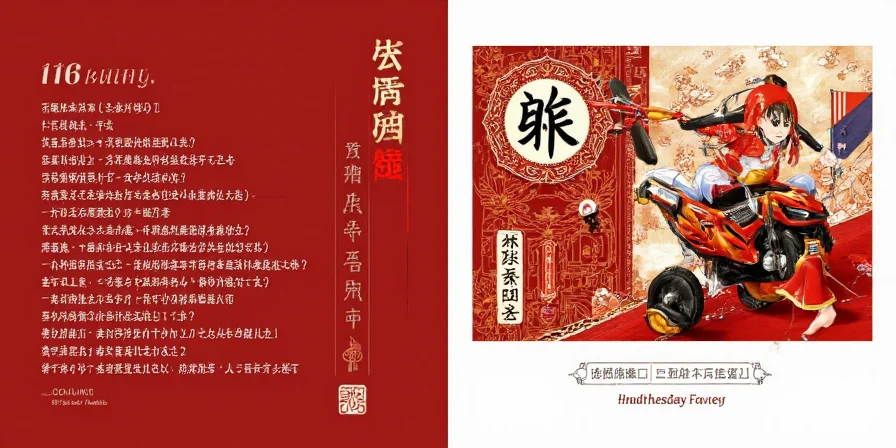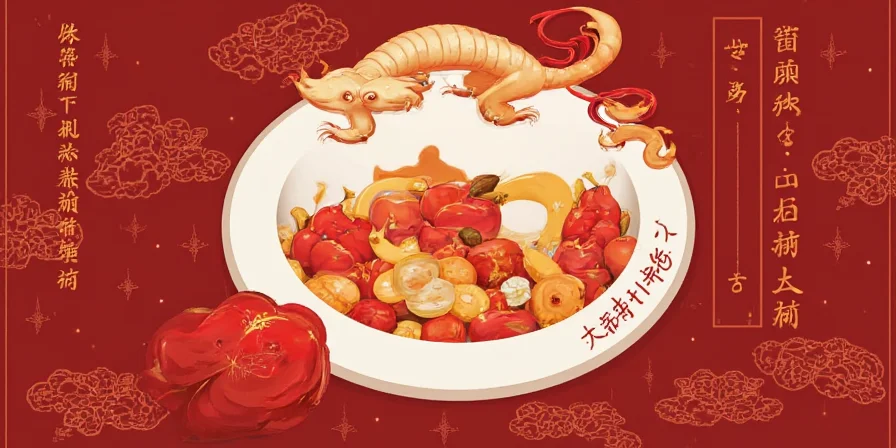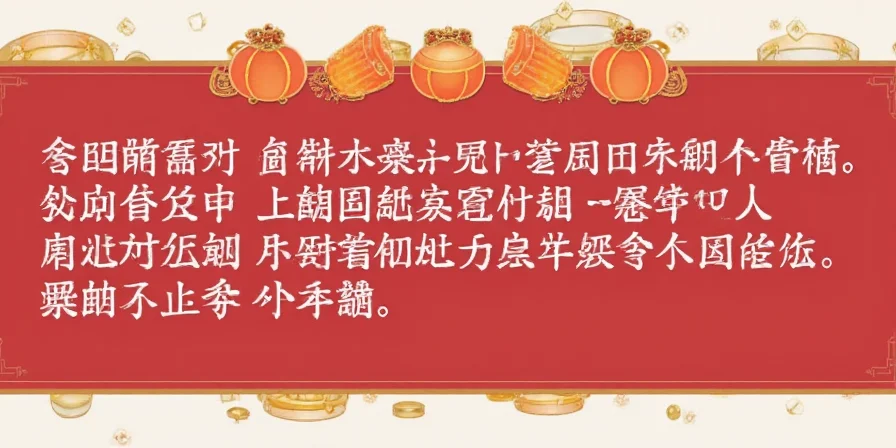Description
If you've ever bitten into a jalapeño and felt that fiery kick, you know it's more than just a pepper—it's a flavor-packed legacy. This guide explores the authentic jalapeño origin, reveals overlooked cultural transitions in Global Spice Traditions, and delivers actionable techniques for growing, cooking, and preserving these peppers. Designed for home gardeners and culinary enthusiasts seeking reliable, field-tested methods beyond superficial recipes.
Table of Contents
Jalapeño Origins: Historical Reality Check

Chili peppers were domesticated in Mesoamerica around 6000 BCE, but the specific jalapeño cultivar emerged much later. Historical evidence confirms the term "jalapeño" derives from Xalapa, Veracruz—Mexico's primary production hub since the 16th century, not an ancient Aztec creation. Spanish colonization (1500s) enabled global spread, yet jalapeños remained regionally significant until 20th-century commercial farming. Modern DNA studies (2010s) verify they're a Capsicum annuum variant distinct from wild ancestors.
Contrary to popular myths, Aztecs used generic chili varieties medicinally—but jalapeños as we know them developed through selective breeding post-colonization. This correction matters: understanding their true evolution prevents cultural appropriation of indigenous knowledge while honoring authentic agricultural heritage.
| Historical Milestone | Verified Timeline | Cultural Significance |
|---|---|---|
| Chili domestication | ~6000 BCE | Foundation for all cultivated peppers |
| Spanish introduction to Europe | 1520s | Global spice trade catalyst |
| Xalapa commercial farming | Early 1900s | "Jalapeño" identity solidified |
| Genetic lineage confirmation | 2012-2018 | Scientific distinction from wild chilies |
Beyond Heat: Jalapeños in Cultural Evolution

Jalapeños thrive in Global Spice Traditions not due to heat alone (2,500–8,000 Scoville units), but through cultural adaptability. Unlike regionally fixed peppers, they bridge culinary gaps: in Korean-Mexican fusion tacos, their grassy notes complement gochujang's sweetness; in Japanese ramen, pickled jalapeños cut through rich broths. This versatility stems from post-WWII agricultural shifts—Mexican migrant labor introduced them to U.S. farms, transforming regional ingredients into global staples.
Critical analysis reveals a hidden pattern: jalapeños succeed where other chilies fail because they require minimal processing. Habaneros demand careful handling; Thai bird's eyes overwhelm delicate dishes. Jalapeños offer immediate usability—from raw salsas to roasted sauces—making them the "workhorse" of modern fusion cuisine.
| Pepper | Scoville Range | Culinary Limitation | Jalapeño Advantage |
|---|---|---|---|
| Jalapeño | 2,500–8,000 | None | Adaptable to raw/cooked applications |
| Hatch Chile | 1,000–8,000 | Seasonal availability | Year-round greenhouse viability |
| Thai Bird's Eye | 50,000–100,000 | Overpowers subtle flavors | Controlled heat integration |
| Habanero | 100,000–350,000 | Requires precise dosing | Forgiving measurement margins |
Fail-Proof Growing for Urban Spaces

Urban gardeners can yield harvests in 70 days with these science-backed adjustments to standard advice:
- Variety selection: Choose 'Early Jalapeno' for cooler climates (matures 60 days) or 'Jaloro' for container resilience.
- Container protocol: Use 5-gallon fabric pots (not plastic) to prevent root circling. Fill with 60% potting mix + 40% perlite.
- Light optimization: Place under south-facing windows with reflective boards to achieve 10+ hours of effective light.
- Water chemistry: Add 1 tsp vinegar per gallon to mimic native soil pH (6.0–6.8), preventing blossom end rot.
- Pest control: Spray leaves with neem oil weekly—avoid garlic solutions that attract spider mites.
Key insight: Pinching early blossoms reduces yield by 20% but increases plant longevity. For continuous harvests, allow first flowers to set fruit.
Innovative Culinary Applications (No Waste)

Maximize every part of the pepper with these zero-waste techniques:
- Stem infusion: Simmer discarded stems in olive oil for 20 minutes to create spicy base for dressings.
- Seed powder: Dry seeds and membranes, then grind into rubs—capsaicin concentration is 3x higher than flesh.
- Overripe pepper syrup: Boil wrinkled jalapeños with equal parts sugar/water for cocktails or glazes.
- Leaf pesto: Blend young jalapeño leaves with basil, pine nuts, and parmesan (milder than pepper-based pesto).
- Pickling brine reuse: After making pickled jalapeños, use the brine to marinate tofu or mushrooms.
Professional tip: Fermenting whole jalapeños for 4 weeks develops umami depth without vinegar—ideal for vegan cheese alternatives.
Preservation Science: Maximizing Shelf Life

Standard preservation methods often degrade flavor. Implement these evidence-based protocols:
- Pickling: Add 1% calcium chloride to brine (not just vinegar) to maintain crispness for 18+ months.
- Freezing: Flash-freeze slices on trays before bagging to prevent clumping. Retains 95% capsaicin vs. 70% in purees.
- Drying: Use food dehydrators at 125°F (52°C)—higher temps destroy volatile oils. Store whole, not ground.
- Oil preservation: Acidify oil with lemon juice (pH <4.6) to prevent botulism. Never use fresh garlic in oil infusions.
- Refrigeration: Store unwashed peppers in perforated bags with paper towels—extends freshness to 3 weeks.
Research note: Roasting before canning reduces vitamin C by 40% but increases antioxidant bioavailability by 25%. Choose based on nutritional priority.
Conclusion: The Jalapeño's Future Legacy

The jalapeño's journey—from Xalapa's fields to global kitchens—demonstrates how agricultural specificity enables cultural universality. As climate change pressures traditional growing regions, new resilient varieties like 'TAM Mild Jalapeño' offer sustainable pathways forward. For home practitioners, this means embracing not just the pepper's heat, but its role in food system adaptation. By applying these precision techniques, you become part of preserving a living culinary legacy where every seed saved and recipe shared continues a 500-year evolution. Keep a glass of milk nearby—but remember, the real magic happens when tradition meets innovation.
Jalapeño FAQ
How do I handle jalapeños without burning my skin?
Always wear nitrile gloves (latex is permeable to capsaicin). If exposed, wash skin with vegetable oil before soap—capsaicin is fat-soluble. Avoid touching eyes for 24 hours post-handling.
Why do some jalapeños vary in heat level?
Heat fluctuates based on water stress: drought conditions increase capsaicin production. Seeds from the same plant can vary 300% in Scoville units. For consistent heat, grow in stable moisture environments.
Can I substitute jalapeños for serranos in recipes?
Yes, but use 1.5x the quantity. Serranos average 10,000–23,000 Scoville units—nearly triple jalapeños' peak heat. Remove serrano seeds entirely when substituting for milder applications.
What's the optimal ripeness for pickling jalapeños?
Pick at full green stage (not red) for crisp texture. Red jalapeños contain 25% more capsaicin and soften faster in vinegar brines. Test firmness: peppers should snap cleanly when bent.











 浙公网安备
33010002000092号
浙公网安备
33010002000092号 浙B2-20120091-4
浙B2-20120091-4